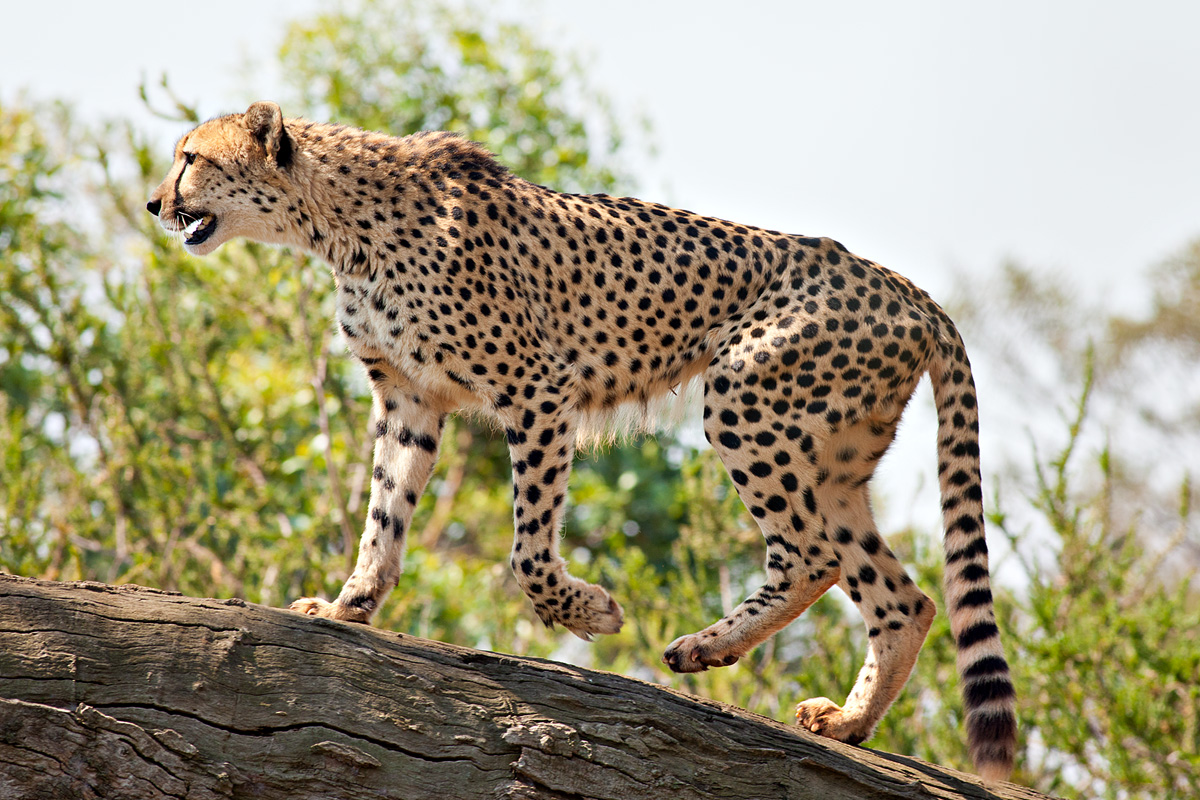The Piltdown Man hoax all began
in the small village of Piltdown in England. The discovery of these fossils
was made in the early 1900's by a laborer. The find was then handed over to an
amateur archaeologist by the name of Charles Dawson. Dawson had concluded that
this was an amazing find, a probable early ancestor to humans. The earliest one
ever found. Dawson took his find Sir Arthur Smith Woodward a geologist at the
Natural History Museum in London. The two men had claimed the Piltdown Man
to be the earliest human ancestor. The age of the fossil was presumed to be
half a million years old. The Piltdown Man became more of a sensation
that a scientific discovery.
In 1949 a new method for
roughly estimating the age of fossils was discovered. This new method measured
the fluorine content of fossils. The Piltdown Man was estimated at that point
to be 100,000 years old. This would mean that the fossil was a lot younger
than originally thought. In 1953 there was a full-scale analysis done on
the Piltdown Man and it was discovered to be a hoax. The revelation of the hoax
was an embarrassment for scientists had spent their careers analyzing and
claiming the fossil as genuine. The British scientific community faced the
biggest embarrassment. Other scientists had already begun to doubt the authenticity
of the Piltdown Man.
There were many things that
went wrong with the acceptance of the Piltdown Man. Arrogance would be the
biggest human fault at play in this case. The Natural History Museum of London
was very protective of fossil finds. Very few people were allowed access
to them. This action didn't allow for a lot of peer review so there was a
low chance of discovering the truth.
Several dating techniques and
analysis helped to prove that the Piltdown fossils were a hoax. The fluoride
absorption test was the first in proving that the fossils were a lot younger
than originally thought. Later in 1953 the carbon-14 dating technique
proved that the fossil was a complete hoax. The carbon-14 dating technique
is much more accurate than the fluoride absorption technique. Carbon-14 dating
uses the half-life of carbon-14 (5,700 years) and is then compared to the
amount of carbon-12 which remains constant since death. Deeper analysis of
the fossils also proved that they were a hoax. The jaw bone was discovered
to have come from an orangutan and several of the teeth were filed down. The
fossils were also found to have been covered in stain to make them appear
older.
It is not entirely possible to
remove the human factor from science. There will be mistakes and a willingness
to accept that which wants to be believed. Several precautions are taken to
lower human error. Recording data, using the same instruments, peer-review and other
things are used to reduce human error. I would not want to take out the
human factor from science. We are curious beings and we want to know what's
out there, how it works, and why it does. If the human factor was removed it
would no longer be called science. Humans make errors and others
"fix" and improve past discoveries. If there was nothing to fix or
correct science would no longer be fun.
The biggest lesson to take from this event is to stop being so gullible. The scientific community was so eager to find that missing link that they took the first thing offered to them without any questions. Another lesson should go for scientific institutions. They should allow their peers to take a look into their collections to further credit the authenticity or find another hoax.








